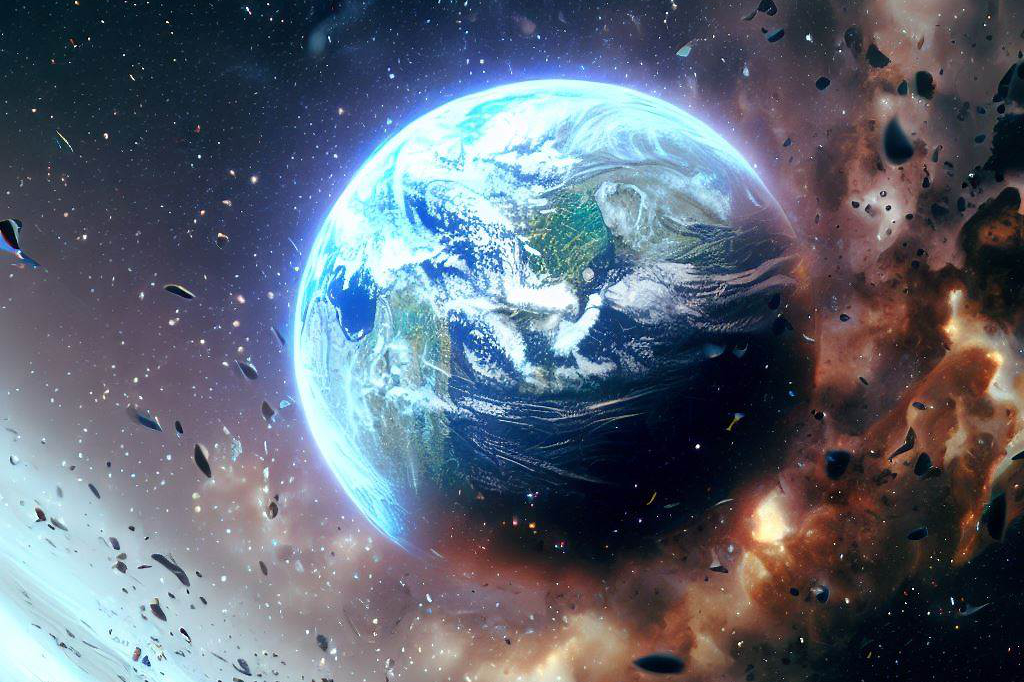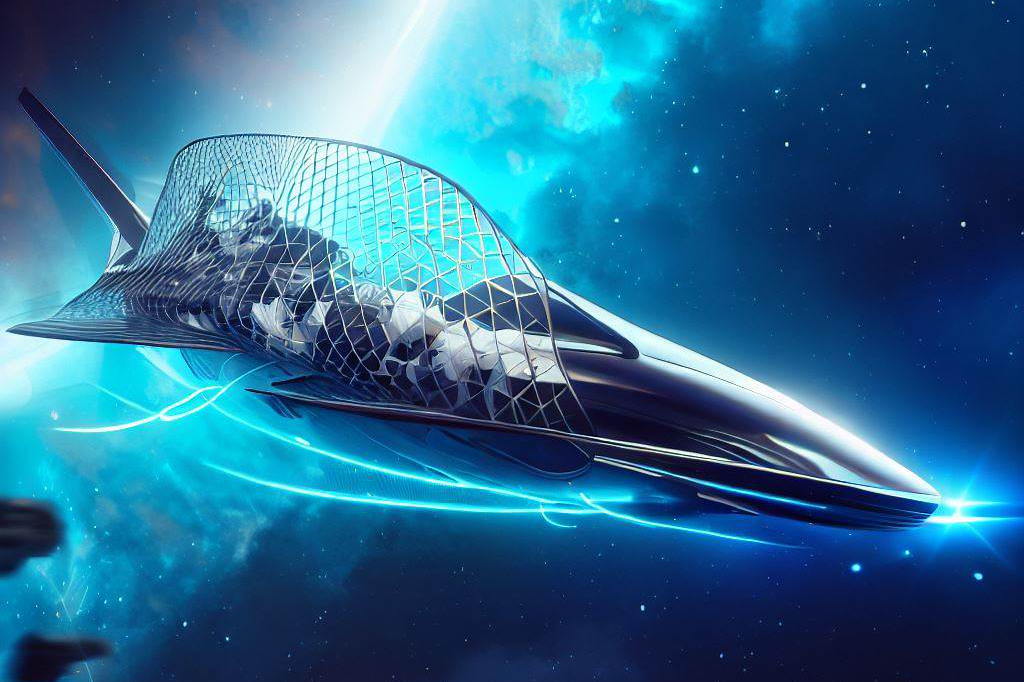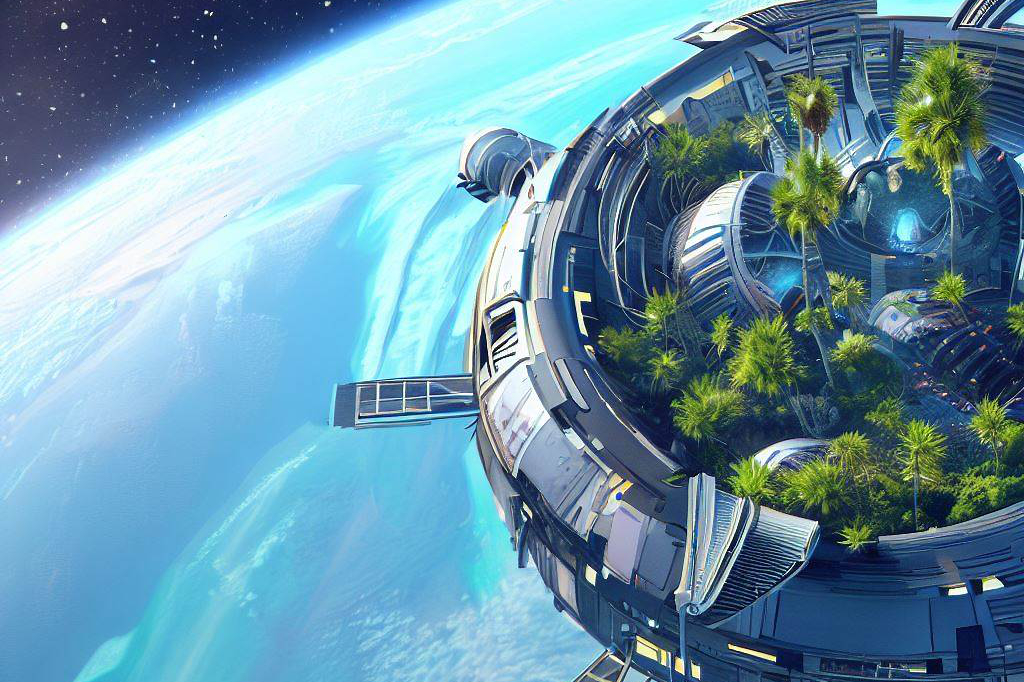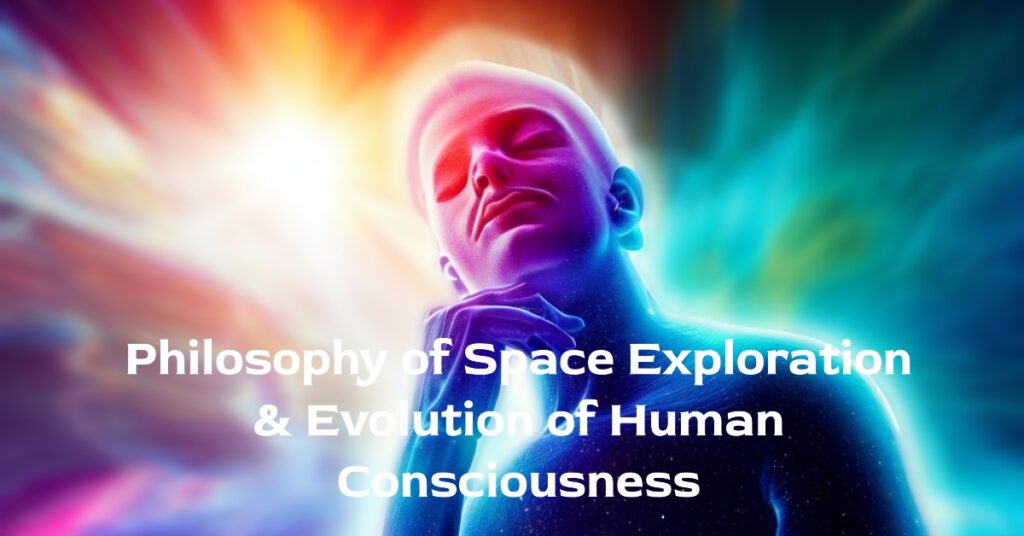As technology has advanced, humanity has set its sights ever higher. We’ve conquered the highest mountains, journeyed to the deepest depths of the ocean, and now we’re looking to go beyond the boundaries of our own planet.
Space tourism is no longer a pipe dream – it’s a growing industry that’s predicted to be worth $3 billion by 2030. People are willing to pay millions for a chance to leave Earth and experience weightlessness, see our planet from above, and maybe even go beyond.
The Space Debris Problem
However, as we venture into space more frequently – both for tourism and scientific purposes – we’re leaving behind an ever-increasing amount of space debris. This refers to man-made objects like spent rocket stages, abandoned satellites, and other fragments that are left floating around in space.
They pose a serious risk to space travel as well as our environment on Earth.
Space debris is dangerous because it can collide with active satellites or spacecraft in orbit around the Earth at high speeds – up to 28,000 km/hour (17,500 mph) – causing significant damage or even complete destruction.
With an estimated 36,500 objects larger than 10 cm (4 inches) – not including countless smaller pieces – it’s only getting worse.
Sustainable Practices in Space Tourism
The impact of space debris on future space travel has led many people involved in this industry to consider sustainability solutions.
Many experts view sustainability efforts as absolutely necessary if we are going to continue exploring outer space without causing further harm.
Some companies have already taken steps toward sustainable practices in their spacecraft design and mission planning; they design reusable rockets that reduce waste and pollution caused by propulsion systems or try launching from sites near bodies of water where rocket debris can be easily retrieved instead of dispersed.
However, the question remains whether these efforts are enough.
With space tourism poised to grow in the future, it’s essential that we continue to find new and better ways to make this industry sustainable for the long-term health of our planet and its inhabitants.
The Problem with Space Debris

Negative Impacts on Satellites, Spacecrafts, and the Environment
With over 27,000 known pieces of space debris larger than 10 centimeters currently orbiting Earth, collisions between them are becoming increasingly common. When two or more objects collide at hypersonic speeds in space, the resulting impact generates even more debris. This creates a domino effect that could potentially lead to a catastrophic event known as Kessler syndrome.
The presence of space debris also poses significant risks for operational satellites and spacecraft in orbit. These objects can cause irreversible damage or complete destruction of critical systems required for communication, navigation, or scientific research.
Furthermore, falling space debris has been known to cause wildfires on land and threaten ocean ecosystems when they enter the atmosphere.
As we continue our exploration into outer space through satellite launches and human missions beyond Earth’s atmosphere, it is imperative that we address this problem head-on before it becomes too late.
The Rise of Space Tourism
The idea of taking a trip into space once seemed like an impossible dream reserved for astronauts and billionaires. However, with the continuous evolution of space technology, space tourism is becoming more accessible and affordable for the average person. Today, companies like SpaceX and Blue Origin are leading the charge in commercializing space travel.
In recent years, we have seen significant developments in the industry.
SpaceX’s Crew Dragon spacecraft launched its first crewed mission to the International Space Station (ISS) in May 2020.
Richard Branson’s Virgin Galactic has also been testing its spacecraft, VSS Unity, and plans to take passengers on suborbital flights soon. Furthermore, Jeff Bezos’ Blue Origin has been working on developing reusable rockets that can make space travel more cost-effective.
Space Tourism: A Double-Edged Sword?
While the growth of the industry presents exciting opportunities for adventure-seekers, it also raises concerns about sustainability and its impact on the environment.
The majority of space debris is generated by satellites and rockets that launch them into orbit. With more rockets being launched to accommodate space tourism, there is a risk that it could contribute to an increase in debris.
According to NASA estimates, there are currently around 500,000 pieces of debris orbiting Earth at speeds over 17,500 mph. Even a small piece of debris can cause significant damage to spacecraft or satellites that cross its path. As more companies enter this field with their own spacecraft and satellites being launched into orbit regularly, it’s essential to consider how they will handle their responsibility towards ensuring sustainability.
Preventing Space Debris
Space tourism companies are aware of these issues and are taking steps towards reducing their impact on our planet’s fragile ecosystem while making advances in commercial travel possible.
One such approach is reusability- companies such as SpaceX have already created reusable spacecraft that can make multiple trips to space without adding to the debris already orbiting Earth.
Another approach is the use of eco-friendly fuel and materials in rockets, which also helps reduce waste and pollution. Furthermore, space tourism companies are collaborating with organizations such as NASA and ESA to track debris movement in real-time.
This enables them to navigate around potentially hazardous areas, minimizing their impact on this critical issue.
Sustainable Practices in Space Tourism

The Current State of Sustainable Practices in Space Tourism
As the space tourism industry grows, so does the need for sustainable practices to ensure its long-term viability. Currently, the main sustainable practice implemented in space tourism is reducing waste and minimizing the impact on the environment. This includes using efficient and clean energy sources like solar power, recycling water and air to conserve resources, and properly disposing of waste.
Another company taking steps towards sustainability is Virgin Galactic.
They have partnered with The Spaceship Company to develop environmentally friendly technology for their spacecraft. They aim to minimize emissions during flights, use eco-friendly materials in their construction process, and promote sustainable tourism as a whole.
The Effectiveness and Potential for Improvement
While these efforts are a step towards sustainability, there is still room for improvement. For instance, current technology limits the ability to clean up space debris effectively.
Additionally, some companies may prioritize profitability over sustainability efforts. Moreover, sustainable practices should not only focus on minimizing negative impacts but also maximizing positive impacts, such as supporting local communities or conservation efforts on planets that are visited during tours.
There needs to be increased collaboration between government agencies, private companies, researchers, and individuals to address these issues effectively.
The Future of Space Tourism and Sustainability

How Technology Could Impact Sustainability Efforts
When it comes to the future of space tourism and sustainability, technology will play a major role. As new innovations are developed, there is potential for significant advancements in sustainability efforts.
One such technology that’s already been mentioned is the use of reusable rockets, which drastically reduces the amount of waste produced during launches.
Additionally, advancements in materials science could lead to safer and more durable spacecraft that are less likely to break up and create debris.
Satellites equipped with technology to actively remove debris from space could also be a game changer in reducing space debris.
However, it’s important to note that with every new technological advancement comes the potential for unintended consequences. It’s important for scientists and engineers to thoroughly evaluate these advancements before implementing them on a large scale.
Potential Solutions for Reducing or Managing Space Debris
As discussed earlier in this article, space debris is a significant problem that needs to be addressed as we continue to explore space.
One potential solution being explored is using lasers or other methods to deflect or destroy larger pieces of debris before they can cause damage.
Another solution being researched involves creating satellites or spacecraft with built-in capabilities to actively remove smaller pieces of debris from orbit. This would involve using nets or other means of capturing the debris and then safely disposing of it.
Increasing international cooperation on space missions could also help address the issue of space debris. By working together, countries can share resources and expertise in developing sustainable practices and technologies for exploring outer space without leaving an excessive amount of pollution behind.
Final Thoughts

As we continue to explore new frontiers such as space tourism, it is crucial that we prioritize sustainability efforts to ensure that our actions do not harm our planet or future generations.
While there are certainly challenges ahead when it comes to managing and reducing space debris, there are also many opportunities for innovation in this area.
By focusing on sustainable practices such as recycling materials used in spacecraft or developing more efficient propulsion systems that minimize waste and emissions, we can make significant progress towards protecting our planet’s delicate ecosystem while still pushing forward with new technological advancements.
There is also a lot of reason for optimism. By working together as an industry and prioritizing sustainability efforts every step of the way, we can help ensure a safer and more sustainable future for all.

C M, a seasoned editor, journalist, and consultant, is deeply fascinated by the convergence of technology, space, and the future of humanity.
With a particular interest in transhumanity, futurology, and the philosophical and ethical dimensions of these domains, C M serves as the lead contributor to SpaceSpotlight and TranscendSphere.
When not penning insightful articles on these rapidly evolving fields, C M indulges in their love for podcasts and books, proudly embracing their status as a ‘Happy Nerd Extraordinaire!’



